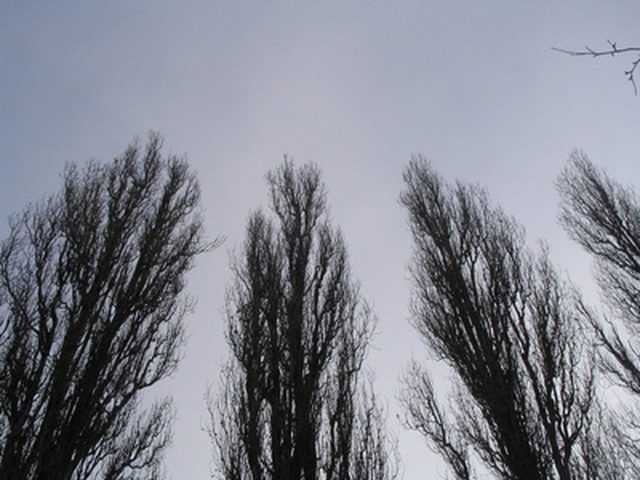Bulbs
Flower Basics
Flower Beds & Specialty Gardens
Flower Garden
Garden Furniture
Garden Gnomes
Garden Seeds
Garden Sheds
Garden Statues
Garden Tools & Supplies
Gardening Basics
Green & Organic
Groundcovers & Vines
Growing Annuals
Growing Basil
Growing Beans
Growing Berries
Growing Blueberries
Growing Cactus
Growing Corn
Growing Cotton
Growing Edibles
Growing Flowers
Growing Garlic
Growing Grapes
Growing Grass
Growing Herbs
Growing Jasmine
Growing Mint
Growing Mushrooms
Orchids
Growing Peanuts
Growing Perennials
Growing Plants
Growing Rosemary
Growing Roses
Growing Strawberries
Growing Sunflowers
Growing Thyme
Growing Tomatoes
Growing Tulips
Growing Vegetables
Herb Basics
Herb Garden
Indoor Growing
Landscaping Basics
Landscaping Patios
Landscaping Plants
Landscaping Shrubs
Landscaping Trees
Landscaping Walks & Pathways
Lawn Basics
Lawn Maintenance
Lawn Mowers
Lawn Ornaments
Lawn Planting
Lawn Tools
Outdoor Growing
Overall Landscape Planning
Pests, Weeds & Problems
Plant Basics
Rock Garden
Rose Garden
Shrubs
Soil
Specialty Gardens
Trees
Vegetable Garden
Yard Maintenance
Poplar Tree Care
Poplar Tree Care. Poplar tree are tall, narrow trees that are often used as windbreakers or property line markers. They also make outstanding companions to tall houses as landscaping trees. The poplar tree can grow over 70 feet tall, and has a branch span of 20 to 40 feet. Poplar trees require little care after initial planting, and grow several...

Poplar tree are tall, narrow trees that are often used as windbreakers or property line markers. They also make outstanding companions to tall houses as landscaping trees. The poplar tree can grow over 70 feet tall, and has a branch span of 20 to 40 feet. Poplar trees require little care after initial planting, and grow several feet each year. In just a few years a short seedling will be transformed into a stately tree.
Climate
The poplar tree prefers a location in full to partial sunlight. They grow well in U.S. hardiness zones 4 to 9, and have tolerable drought tolerance. They are also adaptable to freezing temperatures in the winter. The tree prefers dryer temperature, but can also grow in more humid climates.
Soil
The ideal soil for poplar growth is rich soil that can retain moisture. The growth site should not be placed on a sloped area. The organic matter (such as leaves, manure and other composts) should equal about 8 percent of the soil surrounding the tree. The ideal soil pH for the poplar tree is 5.5 to 7.8. The tree should not be placed in highly alkaline soils as this can kill the plant. After planting place a 1 inch layer of mulch around the tree base.
Watering
The poplar tree needs frequent watering. The ideal placement for poplar tree is where the water table is 1.5 to 3 feet below the surface of the soil. If the water table is below this, then frequent watering will be necessary. Ensure the plant receives 1 to 3 inches of water per week, whether from watering or rain fall. A rain gauge installed near the tree can help determine how much water has fallen.
Fertilization
The poplar tree thrives with frequent fertilization. Use a slow release fertilizer with a 10-10-10 mix. In the spring, until the end of May, fertilize the tree twice a month. During the summer fertilize the tree once a month. Do not fertilize after October. Do not allow the fertilizer to touch the trunk of the tree. Fertilize a 10-by-10 foot area around the tree.
Pruning
In general, poplars do not need much pruning. However, occasionally the tree will need pruning if it spreads wider than expected or when branches die out. Prune during the summer or early fall before the tree goes into dormancy for the winter. Prune away any dead branches, and prune any branches that detract from the long narrow shape that most poplars have.